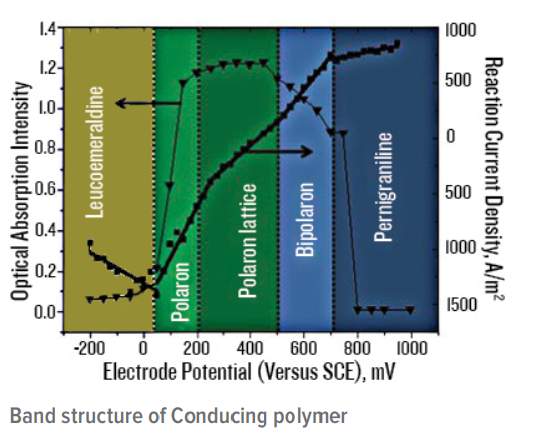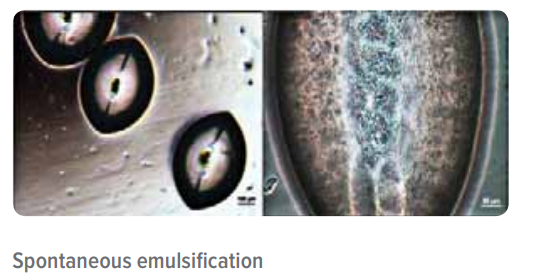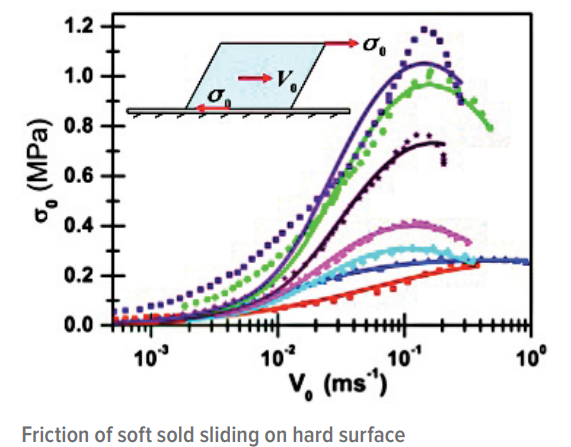Vinay A Juvekar
Emeritus Fellow
Professor

0, New PG Lab Annex
Emeritus Fellow
Professor

Conducting polymers possess a property called pseudocapacitance, which make them very attractive as energy storage devices for high power density applications. Dynamics of these polymer electrodes involves a number of charge relaxation modes. We have been able to determine the energy band structure of polyaniline and quantified the capacitance and energy density of these bands. This work would be useful in rational design of conducting polymer-based capacitors.

LEM technique is useful in extracting low concentration of metals/ pollutants from effluent streams. Due to simultaneous extraction and stripping, this technique is practically free from equilibrium limitation, which makes it economically very attractive. A main limitation with this technique is poor stability of water-in-oil (W/O) emulsion. According to our analysis poor integrity of W/O emulsion is caused by Marangoni instability, leading to spontaneous emulsification/ flocculation of oil phase inside water-droplets. Light scattering/interfacial rheology techniques have been used to quantify the spontaneous emulsification and eliminate it by proper choice of surfactant systems.

Quantification of friction between soft polymeric solids on hard surfaces is important in many applications. We are developing a mathematical model which involves dynamics of adsorption, stretching and desorption of polymer chains dangling from polymer surface in contact with the hard surface. We use the model to quantify static and dynamic friction and stick-slip/stress relaxation phenomena.
This is a powerful technique for bulk electrolysis. Here a high electric field polarizes electrodes suspended in an electrolyte so that the cathodic and anodic reactions occur on the two sides of each electrode. Thus a large electrode area can be packed in a small space, which makes this technique very attractive for processes involving low conductivity of electrolytes. Our focus is to develop mathematical model for bipolar electrolysis involving single and multiple particles.